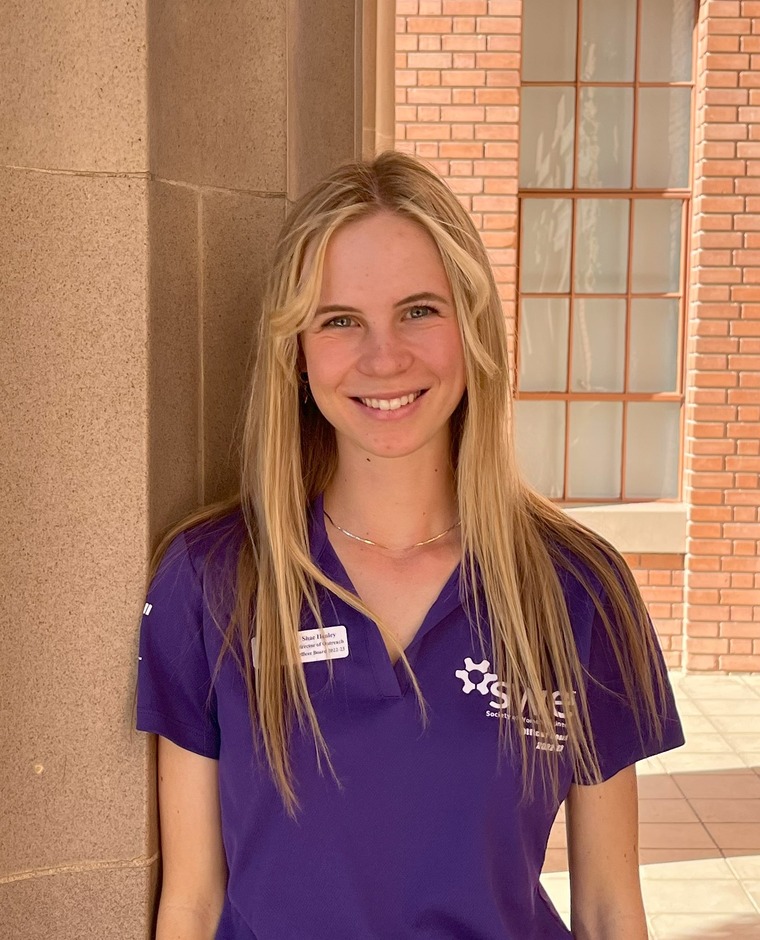Elise Arellano-Thompson
Hi! I am a third year PhD student in the School of Geography, Development and Environment. My research investigates the impact of recurrent flood events on internal displacement, expansion of precarious settlements, and the perpetuation of cycles of vulnerability. I employ a mixed-methods approach, integrating satellite data and lived experience narratives to uncover insights into flood dynamics and understand their socio-environmental impacts.
During my Space Grant Fellowship, I will explore the flood-induced perpetuating cycles of vulnerability experienced by communities within precarious settlements. I will analyze satellite data to examine flood events at both the country and local levels, gaining insights into the different scales of flood impacts. Driven by a passion for bridging research with practical applications, I seek collaborations with local stakeholders who can benefit from climate information related to flood risk. By fostering these partnerships, I aim to ensure my research findings have a tangible impact on addressing climate change challenges. I am excited about this fellowship opportunity and look forward to conducting more research. I aim to increase my involvement with local partners through this fellowship to help provide critical data to low-resourced communities.
Outside of research, I enjoy baking, watching live music, and soaking up the warm Tucson sun with my dog, cat, and two snakes.






